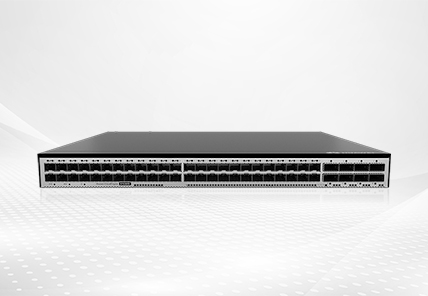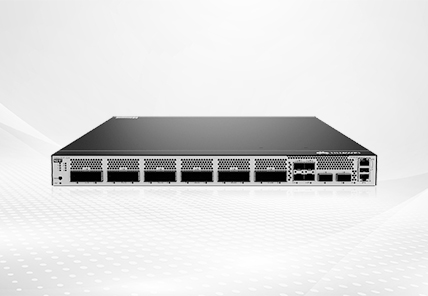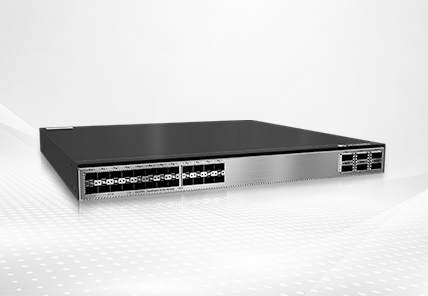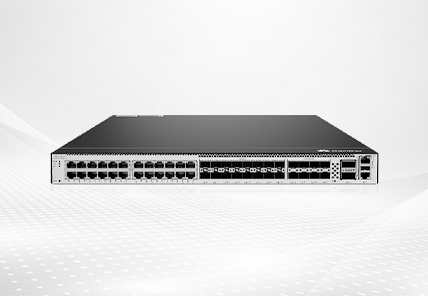| Item |
S7703 |
S7703 PoE |
S7706/S7706 PoE |
S7712 |
| Switching capacity |
1.92 Tbit/s |
4.8 Tbit/s |
4.32 Tbit/s |
4.64 Tbit/s |
| Forwarding performance |
1440 Mpps |
3600 Mpps |
3240 Mpps |
3480 Mpps |
| Redundancy Design |
Supervisors, power modules, CMUs, and fan trays |
| Wireless Network Management |
Native AC
AP access control, AP region management, and AP profile management
Radio profile management, uniform static configuration, and centralized dynamic management
Basic WLAN services, QoS, security, and user management
Deployment of ACs on different network layers |
| User Management |
Unified user management
802.1x, MAC address, and Portal authentication
Traffic-based and time-based accounting
User authorization based on user groups, domains, and time ranges |
| Routing |
IPv4 static routes, RIP, OSPF, IS-IS, and BGP4
IPv6 static routes, RIPng, OSPFv3, IS-ISv6, and BGP4+
IPv4/IPv6 equal-cost routes, policy routing, and route policy
IPv4 and IPv6 stack
Pingv6, Telnetv6, FTPv6, TFTPv6, DNSv6, and ICMPv6
IPv4-to-IPv6 transition technologies, such as IPv6 manual tunnel, 6 to 4 tunnel, ISATAP tunnel, GRE tunnel, and IPv4-compatible automatic tunnel |
| iPCA |
Adds marks on service packets in order to measure the number of lost packets and packet loss ratios in real time with zero payload
Measures the number of lost packets and packet loss ratios at the network and device levels on Layer 2 and Layer 3 networks |
| SVF |
Up to 256 clients (access switches) and 4,096 APs virtualized into a single device
2-level AS structure
Unified management on Huawei and non-Huawei devices |
| Buffer Capacity |
Up to 200 ms per port |
| Interoperability |
VLAN-Based Spanning Tree (VBST) (interoperating with PVST, PVST+, and RPVST)
Link-type Negotiation Protocol (LNP) (similar to DTP)
VLAN Central Management Protocol (VCMP) (similar to VTP) |



















